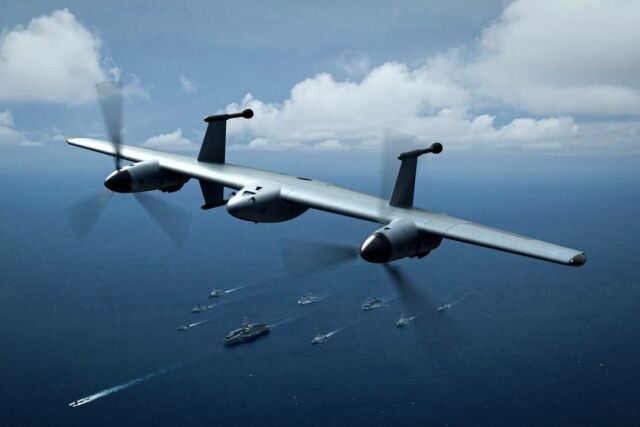 Rotor Blown Wing. Sikorsky
Rotor Blown Wing. Sikorsky
Sikorsky flight-tests scalable ‘rotor blown wing’ uncrewed VTOL tail sitter for DARPA project.
Sikorsky, a subsidiary of Lockheed Martin, is conducting flight tests to refine the control systems and aerodynamics of a new vertical takeoff and landing uncrewed aerial system (VTOL/UAS). These tests aim to demonstrate the efficiency and scalability of a twin proprotor “rotor blown wing” configuration, which takes off, lands vertically like a helicopter, and transitions smoothly to horizontal flight for long missions.
These flight tests are part of the ANCILLARY initiative by DARPA, which aims to develop a Class 3 UAS VTOL X-Plane capable of operating in various weather conditions from ship decks and unprepared surfaces without infrastructure. Sikorsky is among several companies selected to advance their UAS designs to the next development phase.
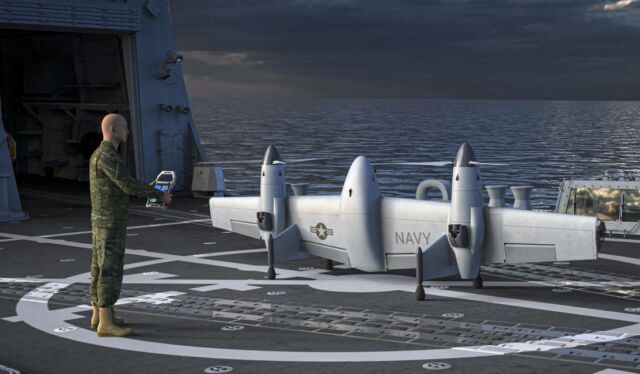 Rotor Blown Wing. Sikorsky
Rotor Blown Wing. Sikorsky
‘Rotor blown wing’ refers to the continuous airflow from the proprietor washes over the wing. This design choice helps reduce drag during hover and transition to forward flight, enhancing cruise efficiency and endurance.
Igor Cherepinsky, director of the rapid prototyping group Sikorsky Innovations, said:
“This design is one of many ways Sikorsky is advancing 21st Century Security® technologies and innovations.
Flight tests are underway to verify our tail-sitting rotor blown wing UAS can launch and land vertically with high stability, and cruise efficiently on wing. Key enablers to flight maneuverability, and future vehicle scalability, are our MATRIX autonomy flight control system, and an articulated rotor system similar to those in traditional helicopters.”
source Lockheed Martin

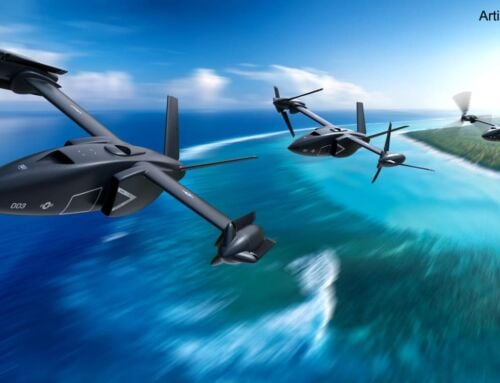
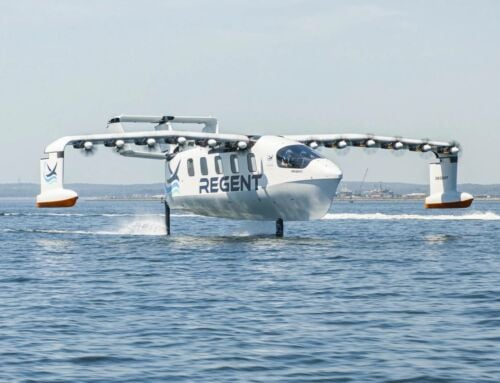
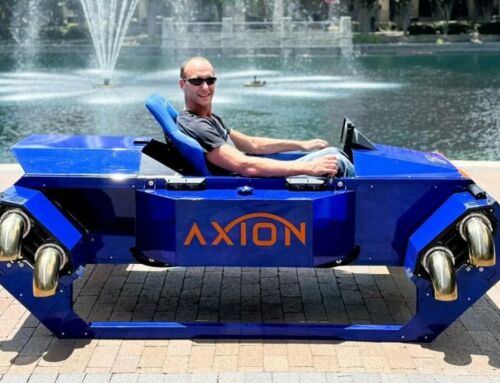

Leave A Comment